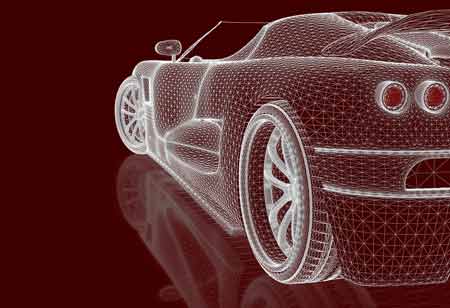THANK YOU FOR SUBSCRIBING
THANK YOU FOR SUBSCRIBING
Be first to read the latest tech news, Industry Leader's Insights, and CIO interviews of medium and large enterprises exclusively from Auto Tech Outlook

By
Auto Tech Outlook | Wednesday, June 01, 2022
Stay ahead of the industry with exclusive feature stories on the top companies, expert insights and the latest news delivered straight to your inbox. Subscribe today.
Autonomous vehicles create and maintain a map of their surroundings based on a variety of sensors located throughout the vehicle. Radar sensors monitor the situation of nearby vehicles.
Fremont, CA: Autonomous vehicles are progressing from sci-fi fantasies to current reality, and as technology advances, personal and public transportation will be forever altered. In the long run, driverless vehicles will eliminate the need for human drivers, removing drowsy, weakened, and distracted drivers from the roads. According to the National Highway Traffic Safety Administration (NHTSA), nearly 40,000 people died on the roads in the United States in 2017, with human error accounting for roughly 90 percent of those fatalities.
Sensors, actuators, complex algorithms, ML frameworks, and cutting-edge processors are used to execute programming in self-driving cars.
Autonomous vehicles create and maintain a map of their surroundings based on a variety of sensors located throughout the vehicle. Radar sensors monitor the situation of nearby vehicles. Video cameras detect traffic signals, read street signs, track various vehicles, and look for walkers. Lidar (light detection and ranging) sensors measure distances, distinguish street edges, and recognize path markings by skipping light pulses off the vehicle's environmental factors. When parking, ultrasonic sensors in the wheels recognize curbs and different vehicles.
This sensory data is then processed by modern programming, plotted, and sent to the vehicle's actuators, which control acceleration, slowing, and steering. The software adheres to traffic rules and navigates obstructions thanks to hard-coded rules, obstacle avoidance algorithms, predictive modeling, and object recognition.
For the vehicle to be truly prepared for driving without human intervention, extensive training must first be attempted in order for the Artificial Intelligence (AI) system to see how to see, comprehend what it's seeing, and make the correct decisions in any possible rush-hour traffic situation. The computing performance of the self-driving car is comparable to the absolute best platforms, which were only possible a few years ago.
The autonomous vehicle is expected to have more lines of code than any other software platform developed to date. By 2020, the average vehicle is expected to contain over 300 million lines of code, more than 1 TB (terabytes) of storage, and memory bandwidth of more than 1 TB per second to support the compute performance required for autonomous driving platforms.
Naturally, security is of the utmost importance when it comes to self-driving cars. The safety consideration extends well beyond the redundancies built into the hardware systems to limit deviant choices and incorporates a related foundation to enable vehicles to communicate with each other and their surroundings. This wirelessly interconnected computing subsystem with hardware redundancy is governed by legislation that is expected to specify the level of required safety in direct proportion to the level of autonomy.
 Copyright © 2025 AutoTech Outlook. All Rights Reserved | Privacy Policy | Subscribe | Sitemap | About us | Feedback Policy | Editorial Policy
Copyright © 2025 AutoTech Outlook. All Rights Reserved | Privacy Policy | Subscribe | Sitemap | About us | Feedback Policy | Editorial Policy 



